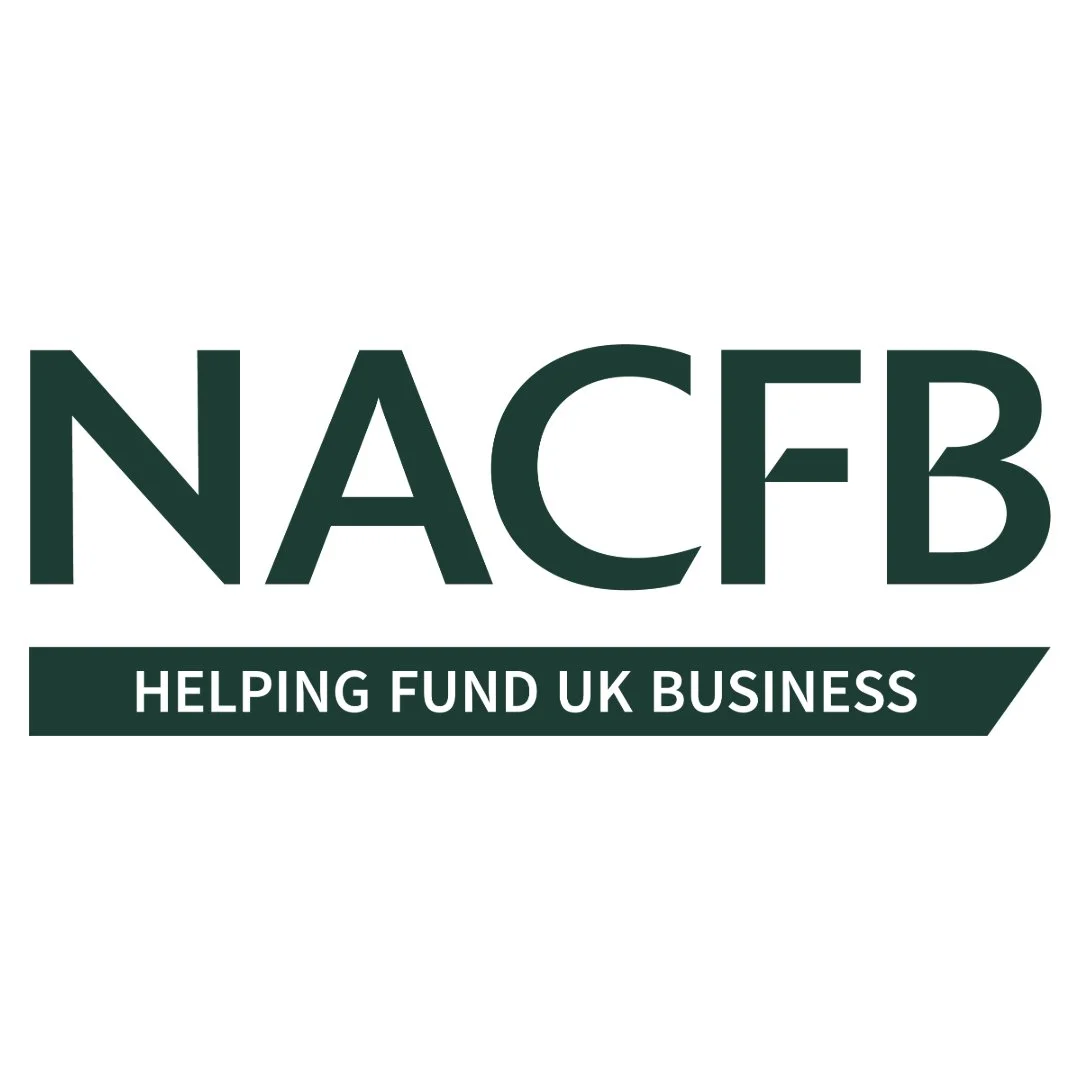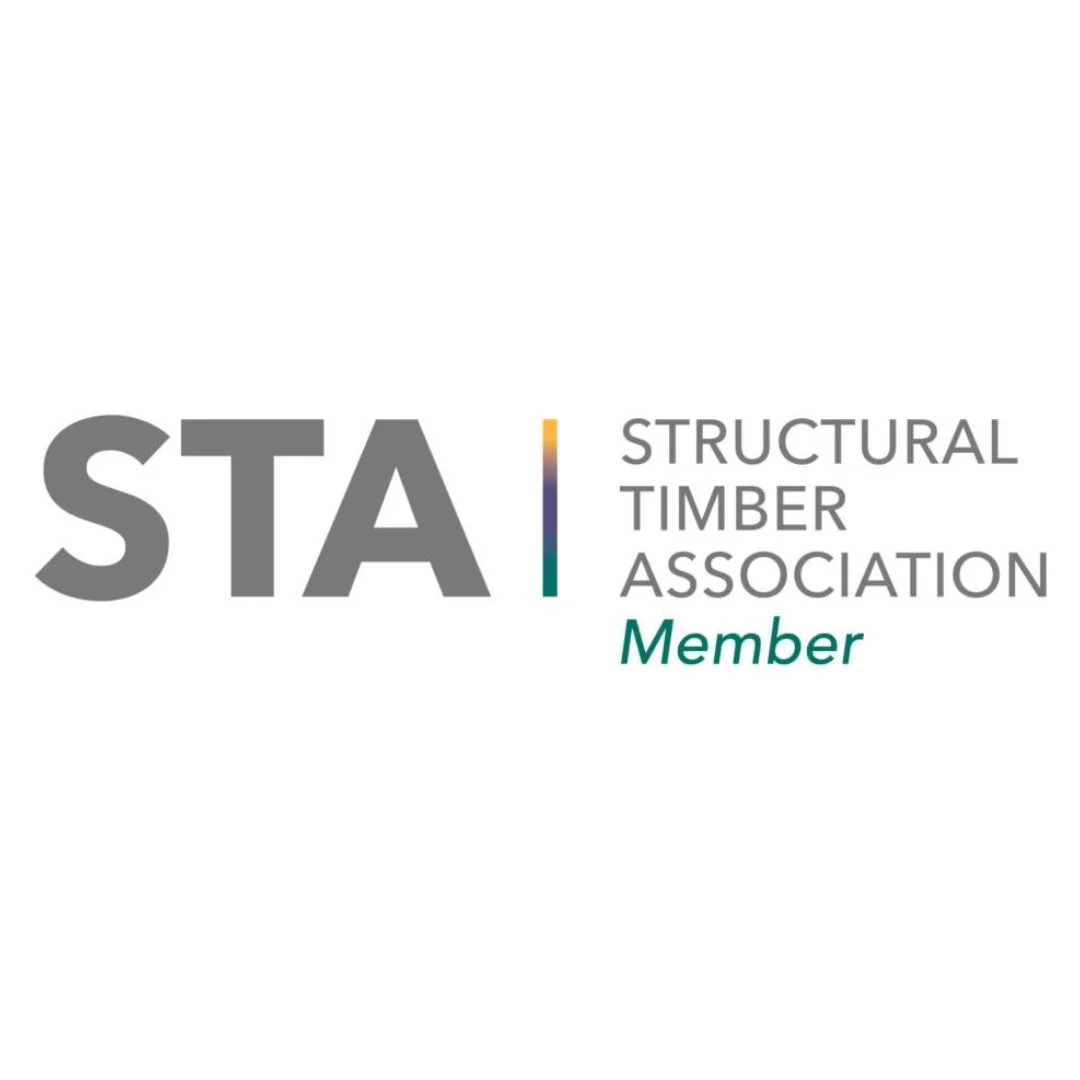Conversion Mortgages > Can barn conversions use self-build mortgages?
Can a barn conversion be classed as a self-build?
In most cases, a barn conversion is treated as a self-build for both mortgage and tax purposes. That means you can access the same kinds of specialist finance and VAT benefits as anyone building from scratch. But it still is project dependent, so book in for a FREE call with our experts to talk through if this is the right approach for your plans.
What makes a barn conversion a self-build?
A self-build simply means creating a new residential dwelling that didn’t previously exist. So if you’re converting a non-residential structure, like a barn, chapel, mill, or warehouse, into a habitable home, you’re meeting that definition.
This matters because lenders, valuers, and HMRC all treat barn conversions as new-dwelling projects, which means you can:
Apply for self-build or conversion mortgages that fund works in stages.
Benefit from zero-rated VAT on labour and eligible materials.
Refinance onto a standard residential mortgage once the works are complete and signed off.
Conversion planning permissions and regulations.
Before finance can be approved, lenders need proof that your project is legally permitted. There are two main planning routes:
1. Class Q (England) – Permitted Development
Class Q allows certain agricultural buildings to be converted into homes without full planning permission, provided:
The building is structurally capable of conversion (no complete rebuild).
The site isn’t in a conservation area, AONB, or National Park.
External changes are minimal.
This is a popular route for modern steel or block barns, especially in rural England.
2. Full Planning Permission
For traditional stone or timber barns, or for projects in Scotland and Wales, you’ll need full planning permission.
Lenders will ask for:
The full decision notice and stamped drawings.
Structural and ecological surveys.
Confirmation of Building Regulation compliance.
If your barn is listed or in a heritage setting, additional consents (listed building or conservation approval) are required, and the timescales will be longer.
How self-build finance works for barn conversions.
Since the finished home doesn’t yet exist, lenders can’t release all the money up front. Instead, a self-build or conversion mortgage releases funds in stages, following your build schedule. Typical stages include:
Purchase: If you are buying the barn separately.
Structural stabilisation: foundations, steelwork, or frame.
Watertight shell: roof and walls complete.
First-fix: electrics, plumbing, plastering.
Completion: ready for occupation.
Some lenders release funds in arrears (after each stage) and others in advance (before work starts). At Mayflower, we tailor our funding model to match your contractor payments and project timing, ensuring that cash flow never becomes a source of stress.
During the build, you usually pay interest only on the money drawn, switching to a standard repayment mortgage once the property is certified as complete.
Areas to consider with a barn conversion as a self-build.
-
Insurance and valuations
Specialist insurance is crucial. Standard home policies typically do not cover works in progress or unoccupied buildings.
You’ll need:
- Site insurance for materials and liability.
- Structural warranty (often 10 years).
- Evidence of professional oversight (architect, surveyor, or project manager).
Upon completion, your lender will arrange a RICS valuation to confirm the market value and sign off on the final stage. That valuation also determines your equity and potential for refinancing.
-
Post completion
Once your conversion is complete and certified, you’ll switch from your self-build mortgage to a standard residential mortgage. Because most conversions add substantial value, you often remortgage at a lower loan-to-value (LTV) and access better rates.
For example:
- Total cost: £400,000 (including land and works).
- End value: £500,000.
- Equity created: £100,000.
Our Self Build Saver Solution can help
One of the biggest risks on a £100k build is overspending. But our Self Build Saver Solution is designed to keep your costs under control and save you money in the long run.
✔ FREE fully costed schedule of works
✔ FREE CGI renderings so you can visualise the design.
✔ FREE access to Build Chain procurement software
✔ BIG savings, like £750 off timber frames
✔ Discounts on VAT reclaim services to make sure you don’t overpay.
✔ Discounts on windows, doors, kitchens, and flooring
✔ Savings on interior design, fitted wardrobes, blinds, and furniture
Mayflower can help finance your barn conversion with a self-build mortgage.
At Mayflower, we’ve guided hundreds of clients through barn conversions, self-builds, and major renovations. With over 15 years of specialist experience, we understand what lenders require, the necessary paperwork to prepare, and how to ensure your project remains funded smoothly from the initial survey to final sign-off.
✔ Expert mortgage advice for conversion projects
✔ Access to exclusive lenders who understand non-standard properties.
✔ Quick, confident decisions that keep your build on schedule.
✔ A dedicated adviser supporting you through planning, VAT reclaim, and refinancing.
✔ Access to our Self Build Saver Solution, designed to save you thousands over the life of your project.
Ready to convert your barn with a self-build mortgage?
Our expert advisers are here to help you structure your finances, manage costs, and understand every available benefit.









